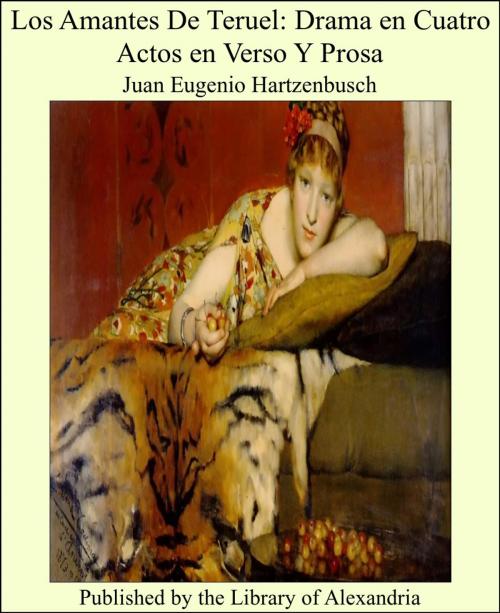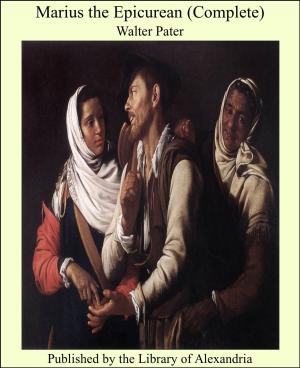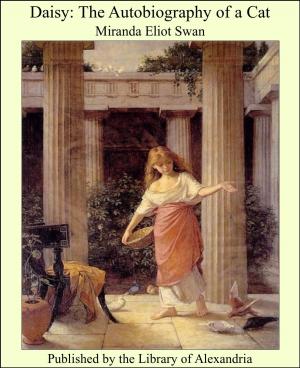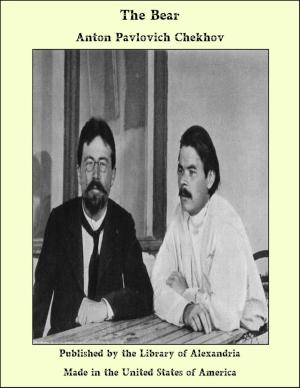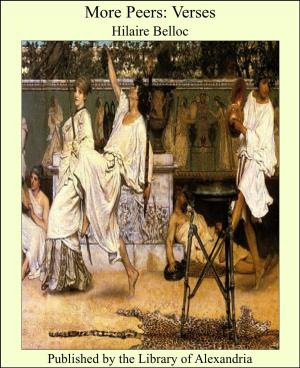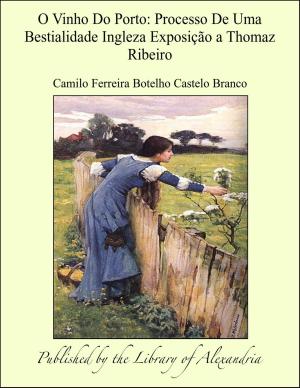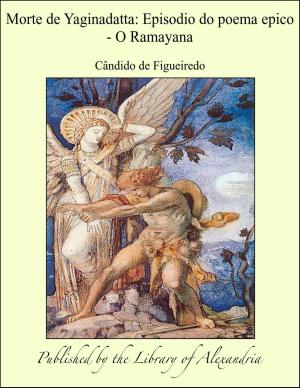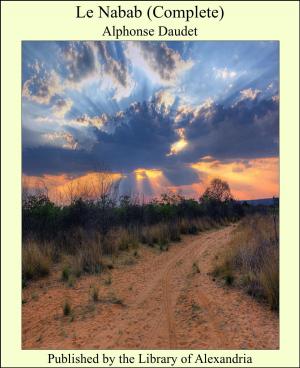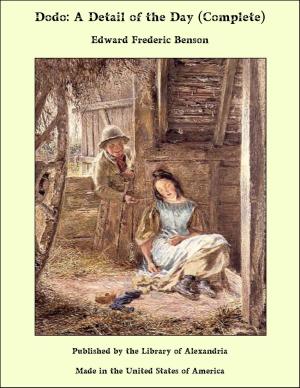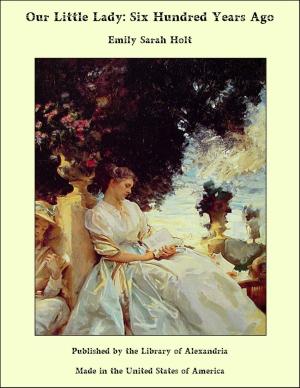Los Amantes De Teruel: Drama en Cuatro Actos en Verso Y Prosa
Nonfiction, Religion & Spirituality, New Age, History, Fiction & Literature| Author: | Juan Eugenio Hartzenbusch | ISBN: | 9781465532169 |
| Publisher: | Library of Alexandria | Publication: | March 8, 2015 |
| Imprint: | Language: | Spanish |
| Author: | Juan Eugenio Hartzenbusch |
| ISBN: | 9781465532169 |
| Publisher: | Library of Alexandria |
| Publication: | March 8, 2015 |
| Imprint: | |
| Language: | Spanish |
The importance of Hartzenbusch in the history of the Spanish drama and the enduring popularity in Spain of Los Amantes de Teruel, his masterpiece, have assured this play a definite place in the work of advanced students of Spanish literature in our universities. For such students the many editions published in Spain and elsewhere have been perhaps sufficient, but for the much larger number who never reach the advanced literary classes an annotated edition is needed. That this play offers excellent material for the work of more elementary courses in the schools and colleges has long been the opinion of the present editor; and that it has not already found a place among the Spanish texts published in this country is difficult to understand. The old legend of Teruel, the embodiment of pure and constant love, is one that might well be expected to make a strong appeal to the youth of any country; the simple and direct presentation given to the legend by Hartzenbusch and the comparative freedom from textual difficulties, as the result of the careful revisions of the play by its scholarly author, bring it within the range of the understanding and appreciation of students who have studied Spanish one year in college or two years in high school, if it is put before them in a properly prepared edition. The editor has kept in mind this class of students in the preparation of the Introduction, Notes, and Vocabulary. To those who consider the Introduction disproportionately long, the excuse is given that this will be the first Romantic play read by many students, and that if they are to understand it and appreciate its fine literary qualities, they must be enabled to view it in its proper historical perspective. It is to be hoped that this edition may serve as a safe approach to the systematic study, of the Romantic Movement in Spanish literature. The text of the play is that of the annotated edition of Dr. Adolf Kressner, Leipsic, 1887 (Bibliothek Spanischer Schriftsteller), and is the same as the one contained in the definitive collection of the plays of Hartzenbusch, Teatro, Madrid, 1888-1892, Vol. I, pages 7-130 (Colección de Escritores Castellanos). The indebtedness of the editor to Professor E.C. Hills of Indiana University for many helpful suggestions is gratefully acknowledged
The importance of Hartzenbusch in the history of the Spanish drama and the enduring popularity in Spain of Los Amantes de Teruel, his masterpiece, have assured this play a definite place in the work of advanced students of Spanish literature in our universities. For such students the many editions published in Spain and elsewhere have been perhaps sufficient, but for the much larger number who never reach the advanced literary classes an annotated edition is needed. That this play offers excellent material for the work of more elementary courses in the schools and colleges has long been the opinion of the present editor; and that it has not already found a place among the Spanish texts published in this country is difficult to understand. The old legend of Teruel, the embodiment of pure and constant love, is one that might well be expected to make a strong appeal to the youth of any country; the simple and direct presentation given to the legend by Hartzenbusch and the comparative freedom from textual difficulties, as the result of the careful revisions of the play by its scholarly author, bring it within the range of the understanding and appreciation of students who have studied Spanish one year in college or two years in high school, if it is put before them in a properly prepared edition. The editor has kept in mind this class of students in the preparation of the Introduction, Notes, and Vocabulary. To those who consider the Introduction disproportionately long, the excuse is given that this will be the first Romantic play read by many students, and that if they are to understand it and appreciate its fine literary qualities, they must be enabled to view it in its proper historical perspective. It is to be hoped that this edition may serve as a safe approach to the systematic study, of the Romantic Movement in Spanish literature. The text of the play is that of the annotated edition of Dr. Adolf Kressner, Leipsic, 1887 (Bibliothek Spanischer Schriftsteller), and is the same as the one contained in the definitive collection of the plays of Hartzenbusch, Teatro, Madrid, 1888-1892, Vol. I, pages 7-130 (Colección de Escritores Castellanos). The indebtedness of the editor to Professor E.C. Hills of Indiana University for many helpful suggestions is gratefully acknowledged
